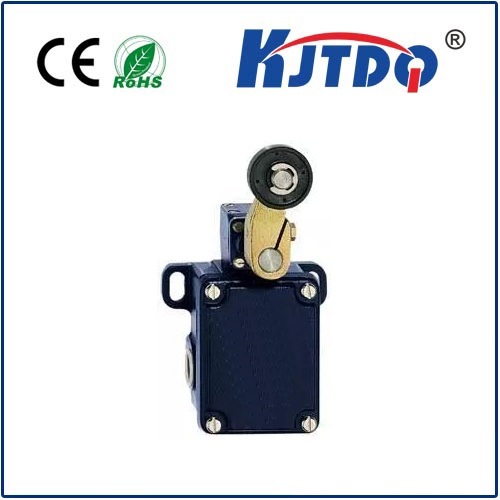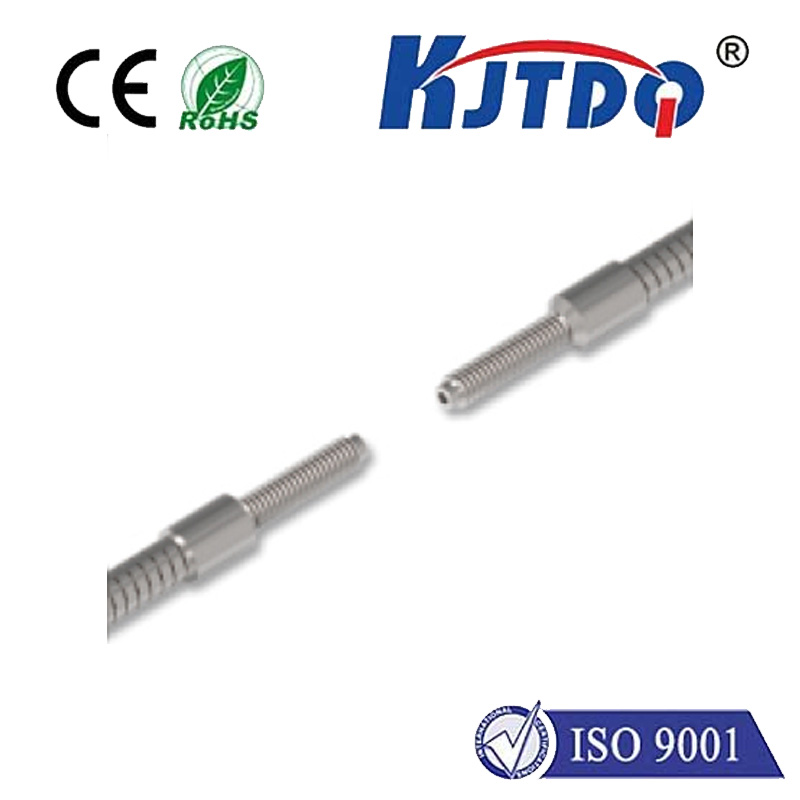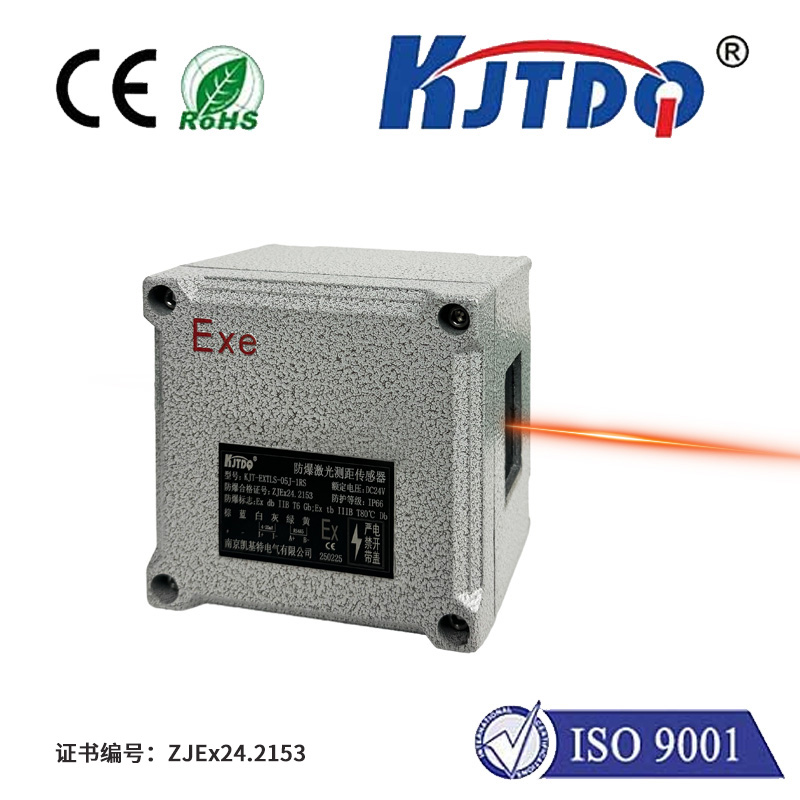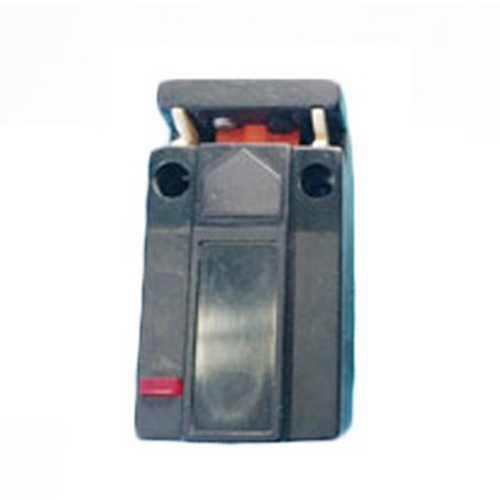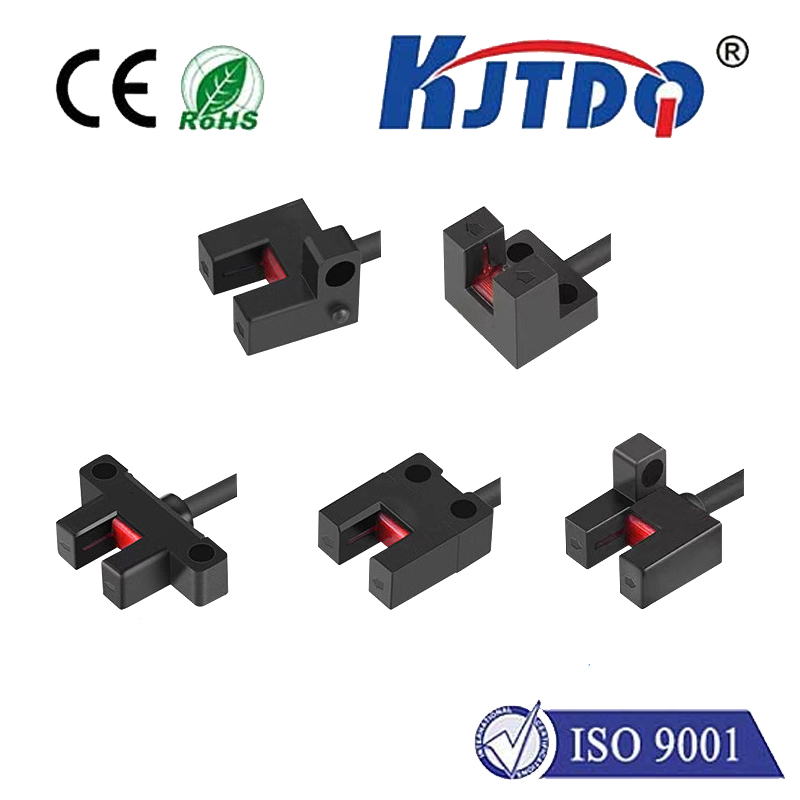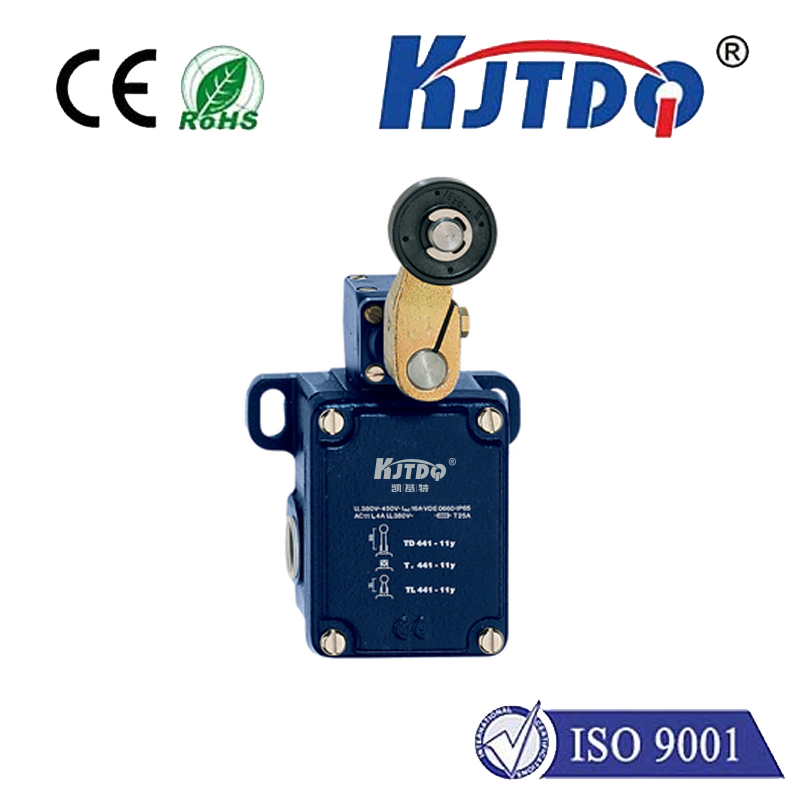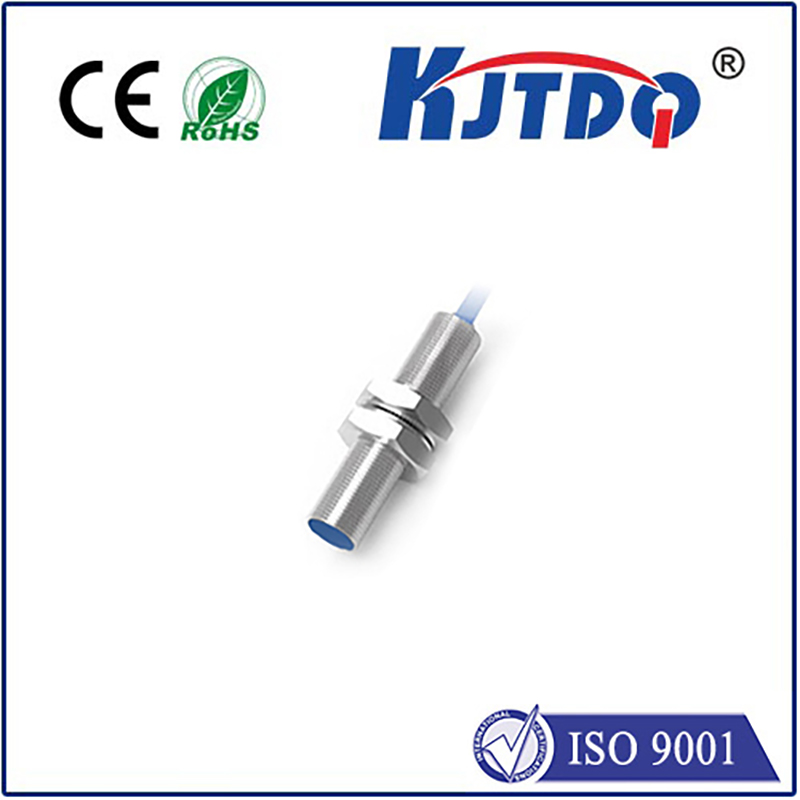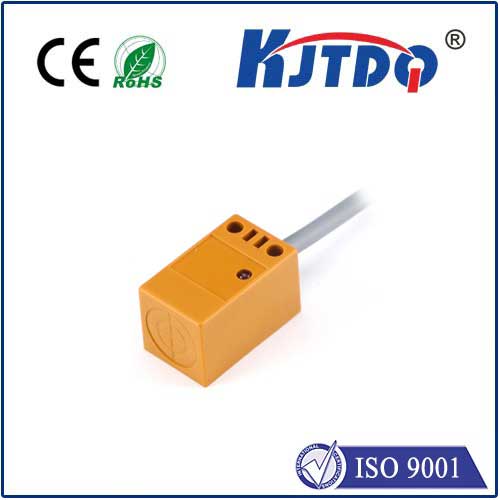infrared proximity sensor
- time:2025-09-05 11:31:09
- Нажмите:0
Infrared Proximity Sensors: The Invisible Guardians of Modern Technology
We interact with technology constantly, often unaware of the intricate components enabling seamless operation. One such unsung hero, quietly working behind the scenes in countless devices, is the infrared proximity sensor. From your smartphone automagically turning off the screen during a call to robots navigating warehouses safely, these compact sensors play a pivotal role in detecting nearby objects without physical contact. But how exactly do these invisible watchdogs function, and where do they make the biggest impact?
The Core Principle: Seeing the Unseen with Infrared Light
Unlike cameras that capture visible light, infrared proximity sensors operate in the infrared spectrum, specifically utilizing near-infrared (NIR) light, just beyond what the human eye can perceive. Their fundamental operation revolves around emitting and receiving this specialized light:
- Emission: An internal IR emitter (typically an IR LED) projects a beam of infrared light outward.
- Reflection: If an object is present within the sensor’s detection range, this IR beam reflects off its surface.
- Reception: A dedicated IR receiver (like a photodiode or phototransistor) captures the reflected light.
- Interpretation: The sensor’s internal circuitry analyzes the intensity, pattern, or timing (depending on the sensor type) of the reflected signal.
The key insight is straightforward: the closer an object is to the sensor, the stronger the reflected infrared signal generally becomes (assuming similar reflectivity). This measurable change allows the sensor to determine presence and, more importantly, proximity.
Key Components and Variations: Beyond the Basics

While the basic principle remains constant, different types of infrared proximity sensors achieve detection through distinct methods:
- Reflective Intensity Sensors: The most common and cost-effective type. They measure the strength of the reflected IR light. Higher intensity equals closer proximity. These are prevalent in smartphones and simple object detection. Their limitation? They are sensitive to object color and surface properties (highly reflective vs. absorbent materials yield different results).
- Triangulation Sensors: These use geometric principles for higher precision distance measurement. The IR emitter and receiver are placed at a known distance apart. The position where the reflected beam strikes the receiver shifts depending on the object’s distance. By measuring this shift, the sensor calculates the exact distance. These excel in industrial automation where precise distance data is critical.
- Time-of-Flight (ToF) Sensors: Representing the cutting edge for proximity and depth sensing. Instead of intensity or beam position, they measure the time it takes for a pulsed IR light signal to travel to the object and back. Knowing the speed of light allows incredibly accurate distance calculation, largely unaffected by object color or ambient light. ToF is increasingly found in advanced smartphones, robotics, and gesture recognition systems.
The Ubiquity of Infrared Proximity Detection: Where Are They Used?
The applications for IR proximity sensors are remarkably diverse, touching nearly every major industry:
- Consumer Electronics:
- Smartphones & Tablets: Disabling the touchscreen during calls (saving power and preventing accidental touches), automatic brightness adjustment by detecting if the device is in a pocket/purse, enabling “Raise to Wake” features.
- Smart TVs/Digital Signage: Detecting viewer presence to turn on/off displays or change content, enabling touchless gesture control.
- Smart Home Devices: Automatic faucets, soap dispensers, hand dryers, occupancy detection for lights and HVAC.
- Automotive:
- Occupancy detection for passenger airbag activation/deactivation.
- Driver presence detection (e.g., for hands-free systems or preventing rollaway).
- Obstacle detection in low-speed maneuvers (parking aids, anti-pinch systems for windows/sunroofs).
- Industrial Automation & Robotics:
- Object detection on conveyor lines (counting, sorting, presence/absence).
- Collision avoidance for autonomous mobile robots (AMRs) and robotic arms.
- Level sensing in tanks or bins for granular materials.
- Position feedback in machinery and equipment.
- Medical Devices:
- Non-contact presence detection for hygiene-critical equipment (avoiding contact with surfaces).
- Fluid level monitoring.
- Patient monitoring systems.
Choosing the Right Sensor: Factors to Consider
Selecting the optimal infrared proximity sensor hinges on the application’s specific demands:
- Detection Range: How close does the object need to be before detection is required? Ranges vary from a few millimeters to several meters.
- Accuracy & Resolution: Does the application need simple presence detection, or precise distance measurement (e.g., +/- 1mm)? Triangulation and Time-of-Flight sensors offer superior accuracy.
- Object Properties: Will the sensor primarily detect one type of material, or must it handle various colors and reflectivities? Reflective intensity sensors suffer here, while ToF is generally more robust.
- Ambient Light Immunity: How much interference is expected from sunlight or artificial lighting? Quality sensors incorporate optical filters and modulation techniques to reject ambient IR noise.
- Response Time: How quickly does the sensor need to react to a change in proximity? ToF sensors often have very fast response times.
- Size, Power Consumption & Cost: Constraints often dictated by the end product (e.g., battery-powered wearables vs. industrial machinery).
Advantages and Limitations: A Balanced View
Infrared proximity sensors remain popular for compelling reasons:
- Non-contact operation: No wear and tear, suitable for sterile environments.
- Compact size & low cost: Easy integration into diverse devices.
- Relatively simple circuitry for basic detection tasks.
- Effective in darkness: Since they emit their own light source.
However, awareness of limitations is crucial:
- Sensitivity to surface properties: Dark or IR-absorbent materials like black rubber can drastically reduce the reflective signal (except for ToF).
- Interference from ambient IR: Strong sunlight or other IR sources can saturate the receiver if not properly filtered.
- Limited range & precision (for reflective types): Compared to ultrasonic, LiDAR, or high-end ToF systems for longer distances.
- Transparent objects: Materials like clear glass or plastic might allow IR light to pass through instead of reflecting.
A Future Fueled by Invisible Light
As technology relentlessly pursues greater automation, intuitive interaction, and enhanced safety, the role of infrared proximity sensors becomes increasingly vital. Innovations in Time-of-Flight technology are pushing the boundaries of accuracy, range, and robustness, enabling entirely new applications in augmented reality, advanced robotics, and smart environments. Their ability to “see” the unseen proximity of objects continues to be a cornerstone in making devices smarter, safer, and more responsive to the world around them. These invisible guardians, operating silently in the infrared realm, remain fundamental building blocks of our connected, automated future.

